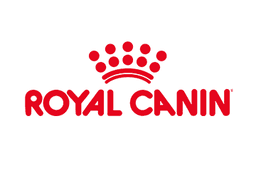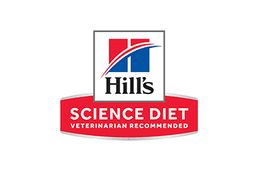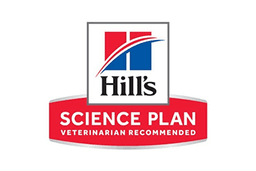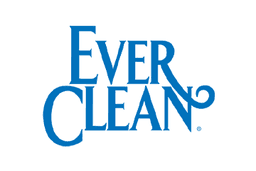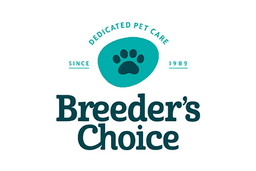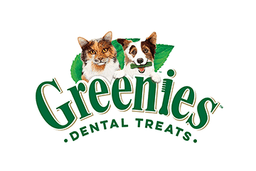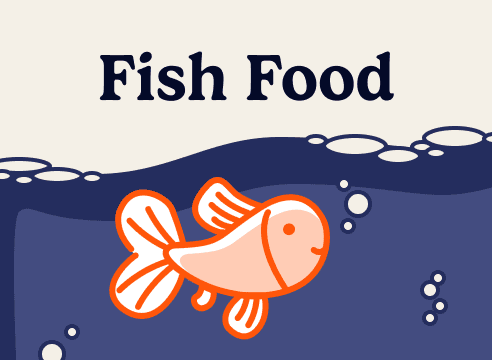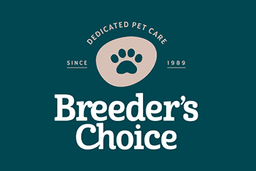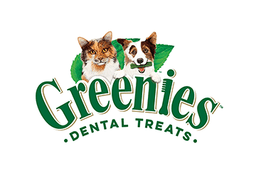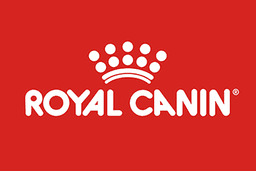Related Searches
Dry Cat Food
Choosing the best dry cat food is still the easiest, most convenient way to feed your cat. Kibble is a basic, healthy, and balanced choice for cat parents. When opened, cat kibble doesn't need to be refrigerated. And it's fine to leave it out for cats to snack on and graze. Dry cat food is great for pet parents who live away from home most of the time. It's easy to transport & we range all kinds of kibble at PetPost, including Royal Canin, Advance, Pro Plan and Hills Science Diet.
Choosing dry cat food is easy, but with so many options out there, how do you pick the right one? First, think about your cat's age. A lot of dry cat food formulas are made for specific life stages, like kitten food, senior food, and adult food, while others provide proper nutrition for all cats, which is great if you have more than one cat.
If your cat has a grain allergy, find grain-free varieties to satisfy your cat without unwanted gastrointestinal side effects. If your cat's stomach is sensitive, get kibble. In order to promote digestive health, a healthy dry cat food for sensitive stomachs contains prebiotics and probiotics. Make sure you give your cat enough transition time to try out different cat kibbles. The online cat supplies store at PetPost has all the best dry cat food brands, cat trees, cat carriers, and litter boxes.
Frequently Asked Questions about Dry Cat Food
What is the best dry cat food?
Your cat's specific needs and preferences will determine which dry food is the right one for him or her. You should consider the quality of the ingredients, the nutritional content, and whether the food is formulated for your cat's specific life stage or health condition when selecting a dry cat food.
In order to ensure that your cat is receiving the nutritional needs he or she needs, read the label carefully to choose a high-quality kibble that is appropriate for his or her age, size, and activity level. The best diet for your cat should be determined by your veterinarian. Some reputable brands include Royal Canin , Purina , and Hill's Science Diet
How much dry dog food should I feed my cat?
In addition to the cat's age, size, and activity level, and the type of food you're feeding your cat, the amount of dry cat food you should feed your cat depends on several factors. Following the feeding guidelines on the packaging is generally recommended, as these have been formulated to provide your cat with the appropriate amount of nutrition.
It is important to feed adult cats an amount appropriate to their size and energy needs. In general, a cat should be fed between one half cup and one cup of dry food a day, depending on their size and caloric density. Although these are general guidelines, you should follow the specific feeding recommendations provided by the manufacturers of the food you are feeding.
Be sure to provide your cat with a clean, fresh water source in addition to dry food, as cats need access to fresh water at all times. If you have any concerns about your cat's diet or feeding habits, it's always a good idea to consult your veterinarian.
How should I store my dry cat food?
Dry cat food should be stored properly to maintain its freshness and nutritional value. Here are some tips:
- Don't keep it in direct sunlight, heat, or moisture. Store it in a cool, dry place out of the way of the stove and sink.
- Needs to be stored in an airtight container to keep it fresh and to prevent pests from getting at it. A plastic or metal container with a tight-fitting lid is good.
- It's a good idea to keep your cat's food on a shelf or in a container with legs if you store it in a garage, basement, or other area that's prone to pests.
- Keep an eye on the expiration date: Check the expiration date on the packaging and throw out any expired food.



